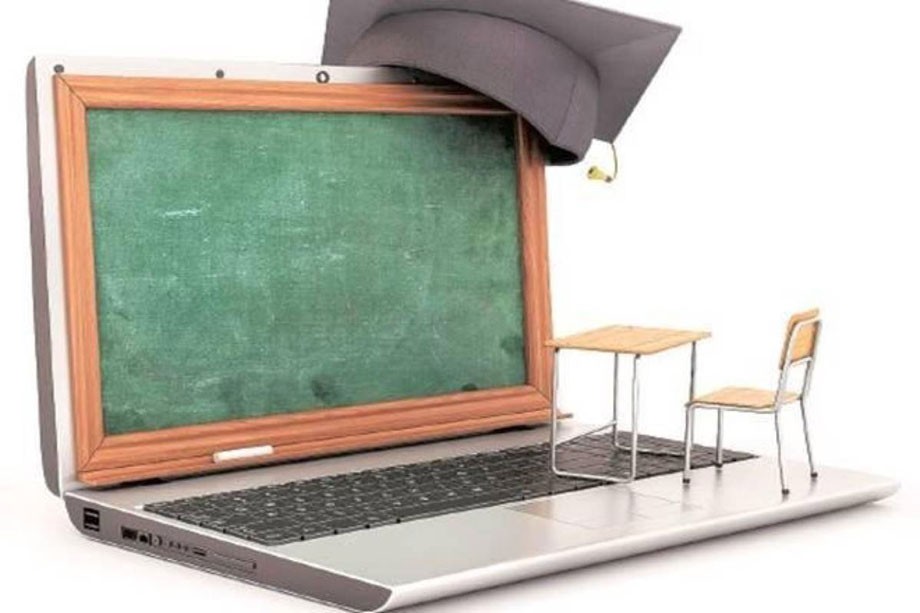COVID-19 impact on education: How long schools will remain closed? Continuous and comprehensive assessments should be encouraged to understand what the children have grasped so far and where the gaps are

The lockdown imposed across the nation during the Covid19 pandemic brought a massive change in the teaching and learning process. Mobiles and computers have replaced blackboards, and conventional classes have made way for online classes.
The digital platforms have proved useful for both teachers and students. While teachers have been able to teach students using WhatsApp and other social media platforms, students have access to education. But there is still a big question mark over the benefits of using digital platforms for education.
There have been relaxations in all sectors post-Covid-19 the second wave. However, the decision to keep the schools shut has given sleepless nights to the parents who are concerned about the future of their children. Experts say that closing educational institution is a short-term solution, but its long-term impact will be unrepairable.
CEO, Leh, Chetan Dorje said, “We tried to provide the best possible education to children online in urban areas during the pandemic. We could not do the same in rural areas. Now we plan to start physical classes at the earliest as there are lots of challenges in providing online education in Ladakh due to the huge digital gap. Teachers are unable to assess students’ progress and students are not satisfied with the new system.”
“There have been relaxations in every sector and we are expecting the same for schools. We have started online classes in regions where mobile network is available and community classes in rural areas at a departmental level. Volunteers and govt teachers are collectively teaching the students where the network is not available. We have submitted a proposal to the government to allocate reasonable salary to the volunteers”, he added.
The pandemic has crippled the economy and impacted the lives of people. However, the student community has suffered the most. Unfortunately, there is a lack of data or study to analyze the loss incurred by students in Ladakh due to the pandemic.
Stanzin Namdol, a student, said, “If we can open tourism, restaurants, and markets then why can’t we do the same with educational institutions by maintaining SOPs in schools and colleges? I feel that schools and colleges should open as soon as possible as a large number of students are not able to attend the class due to network issues. Screen time issues and distractions towards social media sites are also well-known”.
“I am from Zanskar, and I know the reality of online classes. We don't even know the syllabus and what is being taught to us online. We have to face a lot of problems during the exam. The internet can never replace physical schooling”, she added.
There are many success stories of online classes in Ladakh but the ground reality is different. Many parents had to buy smartphones for their children in the name of online classes. Access to technology has pushed many students towards a lot of screen time. This could harm their health and hamper the development of social skills.
Phunchok, a parent, said, “I think the pandemic has made the parents a teacher, as we have to be with children all the time, especially with the juniors. But we must not forget that there are many uneducated parents. What about them and their children? Online classes may be good for seniors but not for juniors. So reopening of schools is must avoid the situation from going bad to worst”.
Continuous and comprehensive assessments should be encouraged to understand what the children have learned so far and also to find out the gaps.
The decision to reopen schools is uncertain due to the imminent threat of the third wave. However, there should be a concrete plan and a way out to bring teachers and students together to bridge the digital divide and improve the learning process of every child.





